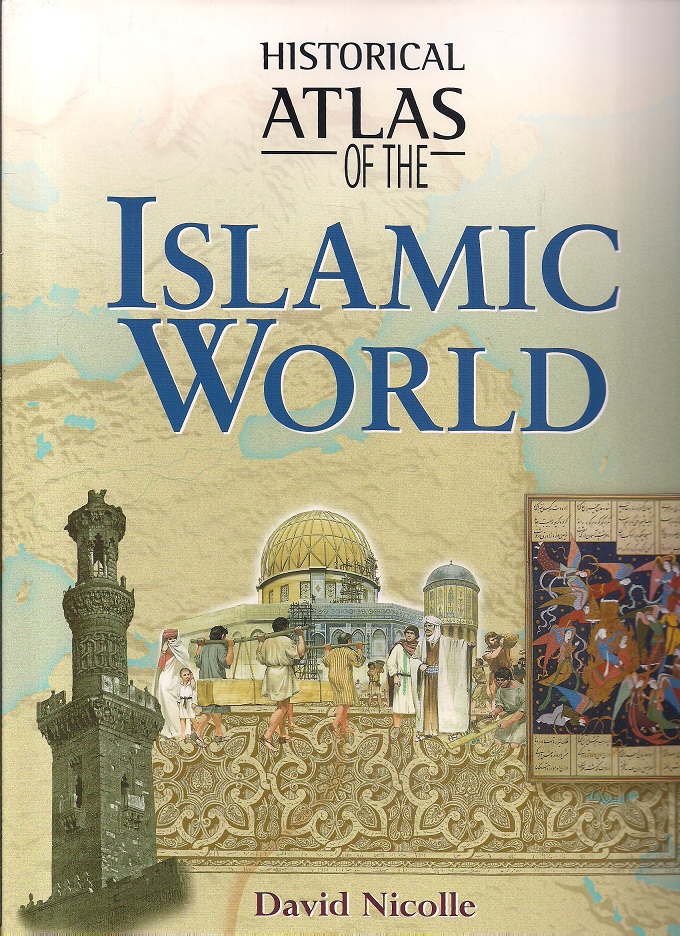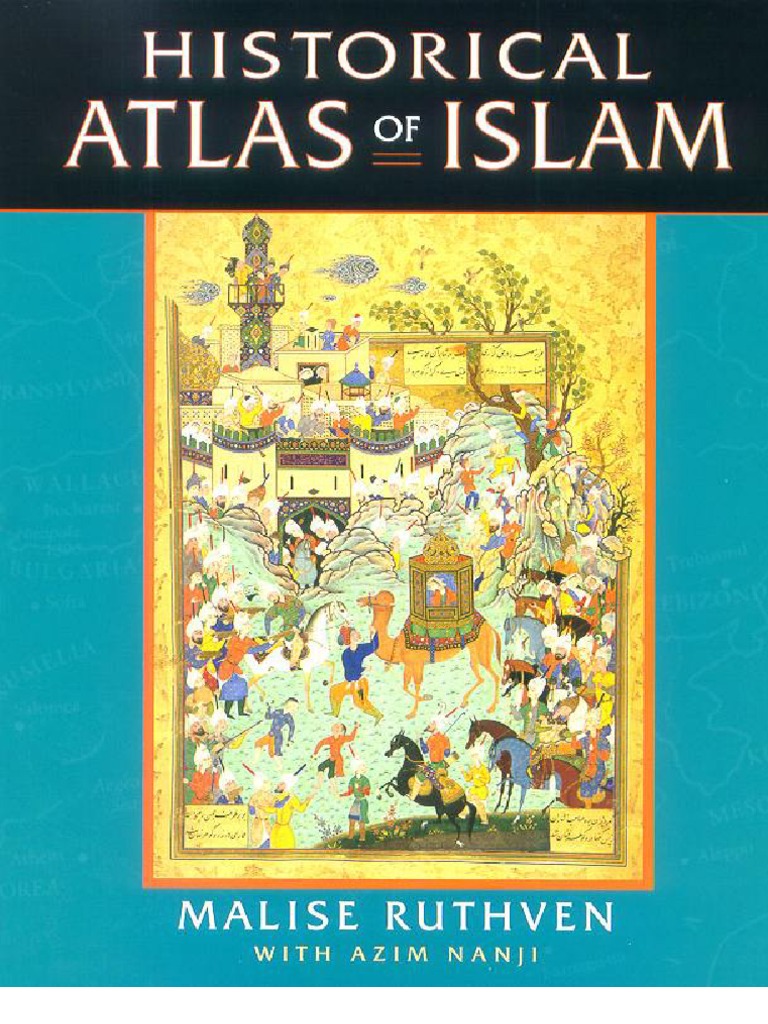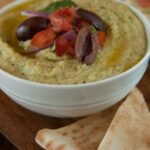Historical Atlas of the Islamic World: Unveiling the Rich History of Muslim Civilization
Introduction
The Historical Atlas of the Islamic World is a captivating visual journey that delves into the rich and complex history of Muslim civilization. With its comprehensive collection of maps, illustrations, and insightful commentary, this atlas offers a unique perspective on the diverse and fascinating aspects of the Islamic world. In this article, we will explore the significance of this historical atlas, its contents, and how it sheds light on the remarkable contributions and achievements of the Muslim world.
1. Understanding the Islamic World
1.1 Exploring the Geographical Scope
The Historical Atlas of the Islamic World introduces readers to a vast and diverse region that spans across continents, encompassing various countries and cultures. It highlights the wide-ranging influence of Islam, from the Arabian Peninsula to North Africa, Europe, Asia, and beyond.
1.2 Tracing the Roots of Islam
By delving into the origins of Islam, this atlas takes readers on a journey back in time to the birth of the religion in the 7th century CE. It explains the life of Prophet Muhammad and the early Islamic empires that shaped the foundations of Muslim civilization.
2. Mapping Historical Developments
2.1 The Spread of Islamic Empires
One of the key highlights of the Historical Atlas of the Islamic World is its depiction of the expansion of Islamic empires. It traces the rise and fall of mighty dynasties such as the Umayyads, Abbasids, Seljuks, Ottomans, and more. These maps provide a chronological overview of the territorial growth and political changes across centuries.
2.2 Cultural and Architectural Marvels
The atlas also offers a glimpse into the magnificent architectural achievements within the Islamic world. From the awe-inspiring mosques of Cordoba and Istanbul to the grand palaces of Samarkand and Cairo, readers can explore the architectural wonders that still stand as a testament to the artistic and engineering prowess of Muslim civilizations.
3. Unveiling Islamic Knowledge and Scholarship
3.1 Centers of Learning
The Islamic world has been home to renowned centers of learning throughout history. The Historical Atlas showcases the famous academic institutions, libraries, and mosques where extensive research and knowledge exchange took place. These institutions, such as the House of Wisdom in Baghdad and Al-Qarawiyyin University in Fez, played a pivotal role in advancing various fields of knowledge, including science, medicine, philosophy, and literature.
3.2 Contributions to Science and Philosophy
Muslim scientists and scholars made significant contributions to various scientific and philosophical disciplines. From the groundbreaking works of astronomers like Ibn al-Haytham and al-Biruni to the influential philosopher Ibn Sina, the atlas provides an overview of these intellectual luminaries and their contributions to shaping the world’s understanding of the sciences.
4. Commercial and Cultural Connections
4.1 The Silk Road
The Historical Atlas also sheds light on the historical trade routes that connected the Islamic world with other civilizations. The Silk Road, a network of ancient trade routes, allowed for the exchange of goods, knowledge, and ideas between East and West. This section of the atlas explores the vibrant cultural exchanges that occurred along these routes, fostering cross-cultural interactions and advancements in various fields.
4.2 Islamic Art and Literature
Islamic art and literature have left an indelible mark on human culture. The atlas dedicates sections to highlight the magnificent works of calligraphy, miniature painting, ceramics, and textiles that emerged from the Islamic world. Furthermore, it explores the rich literary traditions, showcasing notable works such as “One Thousand and One Nights,” the poetry of Rumi, and the philosophical writings of Al-Farabi.
5. Conclusion
In conclusion, the Historical Atlas of the Islamic World serves as a comprehensive resource that unravels the intricate tapestry of Muslim civilization. By analyzing the geographical, historical, cultural, and intellectual aspects, this visually engaging atlas provides valuable insights into the Islamic world’s contributions to humanity. It presents a holistic view of a multifaceted civilization that has shaped the course of history. As we explore its pages, we embark on a journey that illuminates the past, deepens our understanding, and nurtures a sense of appreciation for the diverse heritage of the Islamic world.
FAQs (Frequently Asked Questions)
1. What sets the Historical Atlas of the Islamic World apart from other historical references?
The Historical Atlas stands out due to its vivid visual representation, extensive coverage, and insightful commentary. It presents an immersive experience that captures the imagination of readers.
2. Can this atlas be useful for both academic and general readers?
Absolutely, the Historical Atlas caters to a wide range of audiences. It provides in-depth information for scholars while maintaining accessibility and engaging content for general readers.
3. How do the maps aid in understanding the historical developments of the Islamic world?
The maps offer a visual representation of territorial changes, highlighting the expansion and contraction of Islamic empires. They provide invaluable context for comprehending the historical processes over time.
4. Does the atlas cover the cultural contributions of the Islamic world beyond Europe and the Middle East?
Yes, the atlas explores the diverse cultural contributions of the Islamic world across continents, including Africa and Asia. It emphasizes the global impact of Muslim civilizations.
5. Can the Historical Atlas of the Islamic World help dispel common misconceptions about Islam?
Certainly, the atlas educates readers about the rich history, intellectual achievements, and cultural diversity within the Islamic world. It challenges stereotypes and promotes a more nuanced understanding of Islam and its adherents.
In bold are the title and each heading of the article, categorized as appropriate H tags.
Gallery
Historical Atlas Of The Islamic World | Muslim World | Monotheistic
Photo Credit by: bing.com /
(Books – 195 PAGES – David Nicole – ENGLISH, AMZBK)
Photo Credit by: bing.com /
Pin On Maps

Photo Credit by: bing.com / islamic map islam 1500 muslim maps expansion historical history ancient east middle africa spain empire before crusades ad 1200 al
Pin On Education

Photo Credit by: bing.com / arabia before islamic map muslim conquests historical
Historical Atlas Of The Islamic World | SHAH M BOOK CO

Photo Credit by: bing.com / atlas islamic historical history







